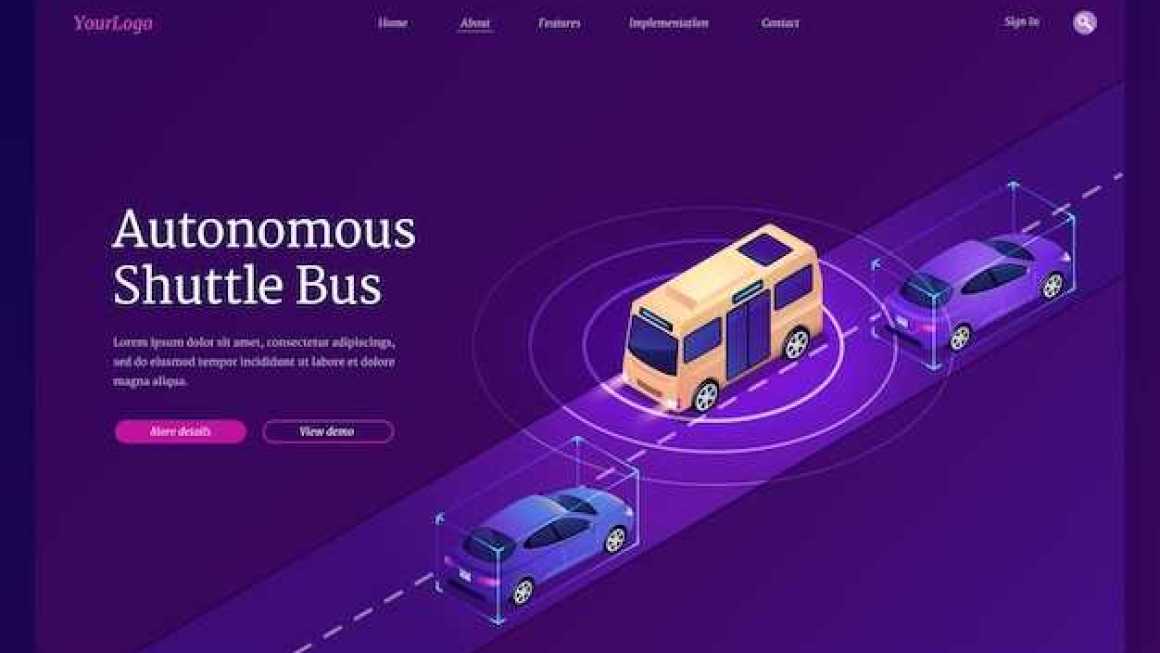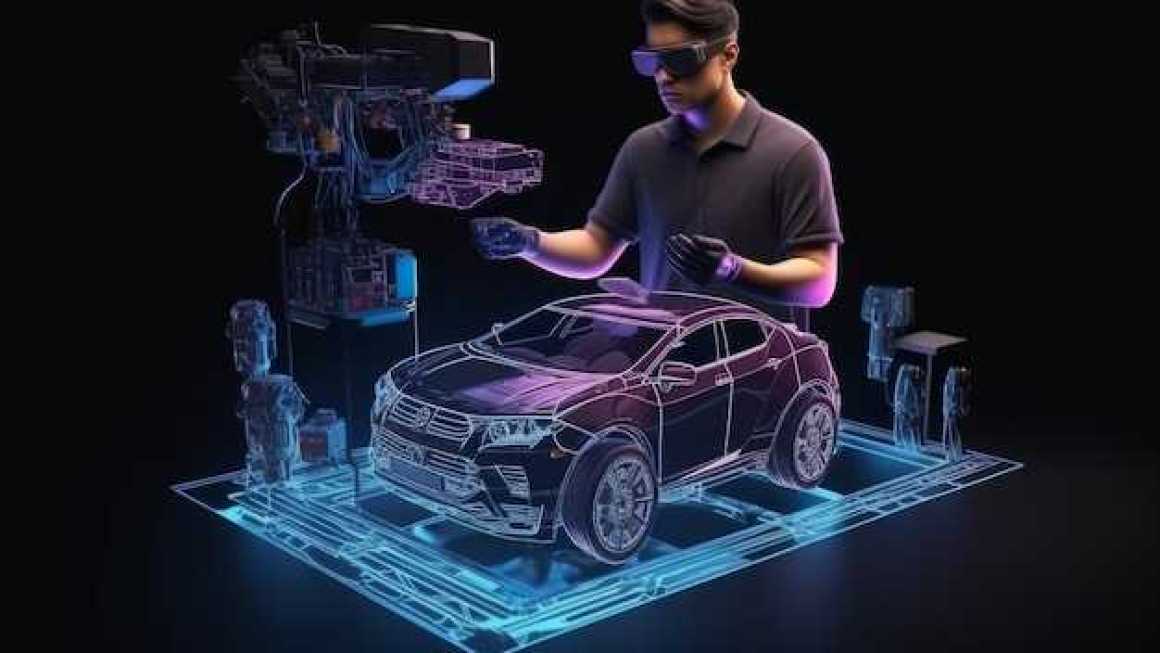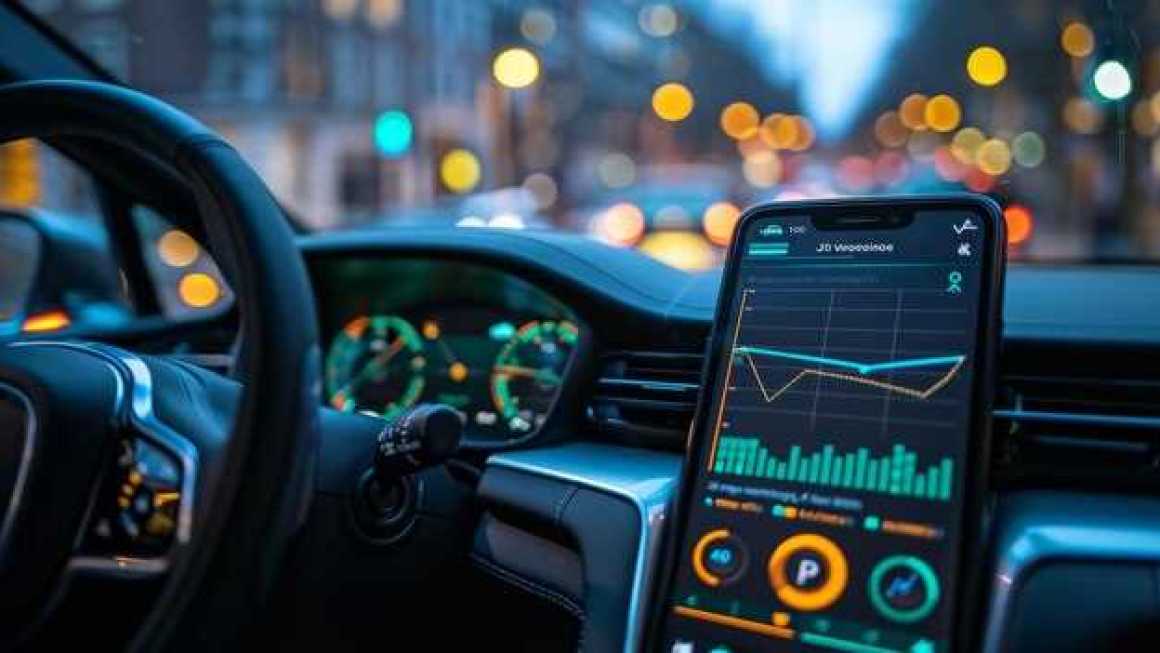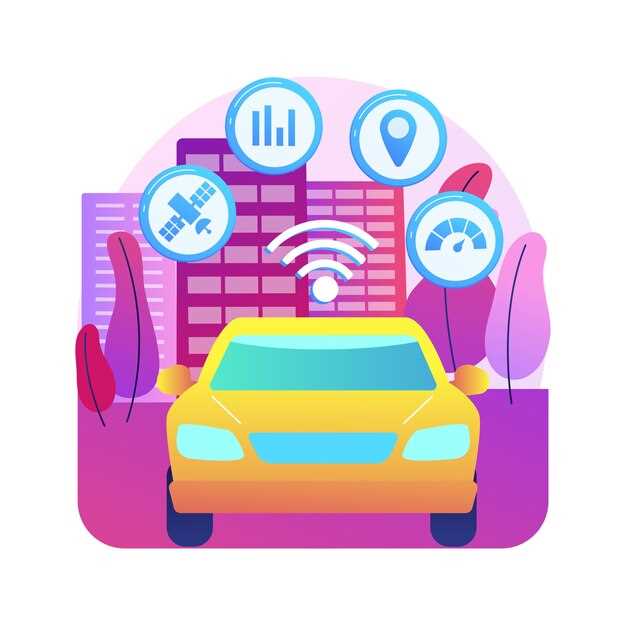
The advent of 5G technology is set to revolutionize the automotive industry, transforming the way cars communicate, operate, and interact with their environment. With its unparalleled speed and low latency, 5G enhances connectivity not only between vehicles but also with road infrastructure and cloud-based services. This shift is critical as vehicles evolve into complex systems that rely on real-time data exchange to function safely and efficiently.
As manufacturers increasingly adopt 5G, the potential for innovation within the automotive sector expands significantly. Advanced features such as autonomous driving, vehicle-to-everything (V2X) communication, and enhanced in-car entertainment experiences become more feasible through improved connectivity. By leveraging the capabilities of 5G, automakers can push the boundaries of vehicle design and functionality, ensuring that future cars are smarter, safer, and more integrated into our daily lives.
The implications of 5G for the future of automotive innovation extend beyond individual vehicles. As cities become increasingly connected, the integration of smart traffic management systems and automated maintenance alerts will reshape transportation networks, minimizing congestion and optimizing safety. The automotive landscape is on the brink of a major transformation, driven by the promise of 5G technology and its ability to facilitate seamless connectivity among all elements of the transportation ecosystem.
Enhancing Vehicle-to-Everything (V2X) Communication with 5G
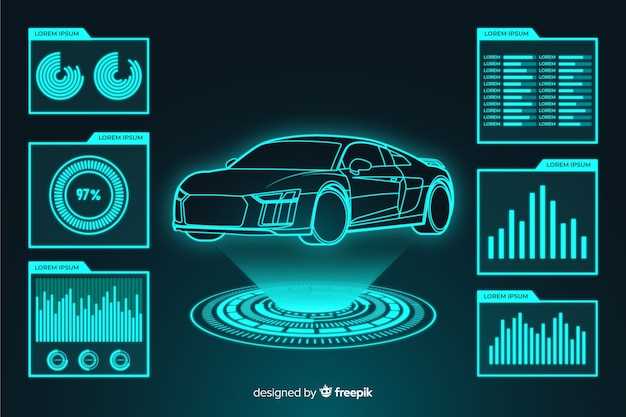
The advent of 5G technology is set to revolutionize the landscape of automotive innovation, particularly through enhanced Vehicle-to-Everything (V2X) communication. This advancement significantly improves connectivity between cars, infrastructure, and other road users, fostering a safer and more efficient driving environment.
5G’s ultra-low latency and high bandwidth capabilities enable instantaneous data transfer, allowing vehicles to communicate with traffic signals, pedestrians, and even surrounding vehicles in real time. This ensures that decisions made by onboard systems are based on the most current information, reducing the risk of accidents and improving overall traffic flow.
With V2X communication powered by 5G, cars can receive updates on road conditions, construction zones, or accidents ahead, enabling drivers to make informed choices about their routes. This proactive approach not only enhances individual driving experiences but also contributes to the optimization of entire transportation networks.
Furthermore, the integration of V2X with smart city initiatives is facilitated by 5G connectivity. This interconnected ecosystem allows for better management of resources, such as adjusting traffic light patterns based on real-time vehicle flow, thus minimizing congestion and lowering emissions.
The capabilities of 5G in improving V2X communication extend into the realm of autonomous vehicles as well. Enhanced connectivity will enable these vehicles to process information from multiple sources, facilitating smoother and safer navigation in complex environments. This level of cooperation among vehicles and infrastructure is essential for the safe deployment of self-driving technology.
In conclusion, 5G significantly enhances V2X communication by providing robust connectivity, enabling vehicles to interact seamlessly with their environment. As a result, the automotive sector stands on the brink of a transformative era, where enhanced communication fosters safety, efficiency, and innovation across the entire transportation landscape.
Real-Time Data Processing for Autonomous Vehicles through 5G Networks
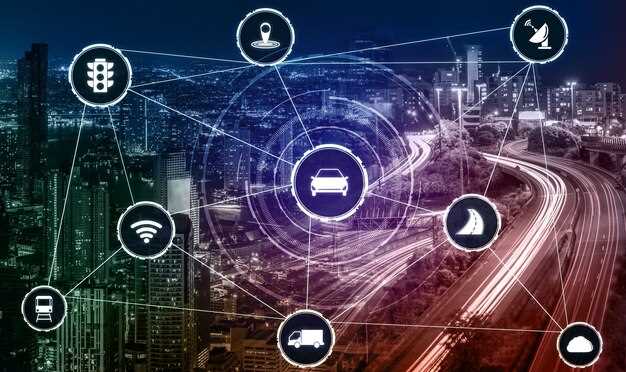
The advent of 5G technology is set to transform the automotive industry, particularly in the realm of autonomous vehicles. With its superior connectivity capabilities, 5G enables real-time data processing that is crucial for the operation of self-driving cars. This enhanced connectivity allows autonomous vehicles to communicate seamlessly with one another and with infrastructure, ensuring safer and more efficient travel.
Real-time data processing relies heavily on the low latency and high bandwidth offered by 5G networks. Autonomous cars generate and consume vast amounts of data from various sensors and cameras. This data needs to be processed instantaneously to make split-second driving decisions. For example, 5G can facilitate rapid data exchanges between cars and traffic management systems, allowing vehicles to adapt their routes in response to changing traffic conditions or potential hazards.
Moreover, 5G connectivity enables vehicles to access cloud computing resources where advanced algorithms can analyze large data sets, improving machine learning models used in autonomous driving systems. This results in enhanced perception capabilities, allowing vehicles to better understand their surroundings and increase their operational safety.
Another critical aspect of 5G’s impact on autonomous vehicles is the support for vehicle-to-everything (V2X) communication. This technology allows cars to interact not only with each other but also with pedestrians, traffic signals, and even smart city infrastructure. Through this network, cars can receive alerts about road conditions, accidents, or other potential dangers, further enhancing their ability to navigate safely.
In conclusion, the integration of 5G networks in the automotive space propels the development of autonomous vehicles by ensuring real-time data processing. This connectivity facilitates safer driving experiences, more efficient traffic management, and an overarching improvement in how cars operate within increasingly complex environments.
Transforming In-Car Experience: Entertainment and Connectivity in 5G Cars
The advent of 5G technology is revolutionizing the automotive industry, particularly enhancing the in-car experience for both drivers and passengers. With its high-speed internet capabilities and low latency, 5G is set to redefine how entertainment and connectivity are integrated into vehicles.
One of the most significant benefits of 5G in cars is the ability to offer seamless streaming of high-definition content. Passengers can enjoy movies, games, and music without interruptions, providing a more engaging travel experience. This shift will likely reduce reliance on traditional media and enhance in-car entertainment systems, making long journeys enjoyable and interactive.
Furthermore, 5G connectivity enables vehicle-to-everything (V2X) communication, allowing cars to exchange real-time information with other vehicles, infrastructure, and road conditions. This capability not only improves safety but also opens up new forms of entertainment, such as competitive multiplayer gaming among passengers in different vehicles, creating a shared experience during commutes.
Additionally, smart infotainment systems in 5G-enabled vehicles can utilize cloud computing to analyze driver preferences and habits. This personalization allows for tailored recommendations regarding entertainment options, navigation routes, and even wellness features, transforming the vehicle into a responsive environment that prioritizes user satisfaction.
In summary, the integration of 5G technology into cars is poised to significantly enhance the in-car experience. By offering robust connectivity and advanced entertainment features, 5G transforms vehicles into multifunctional spaces that cater to the evolving needs of modern users, making travel more enjoyable and connected than ever before.

